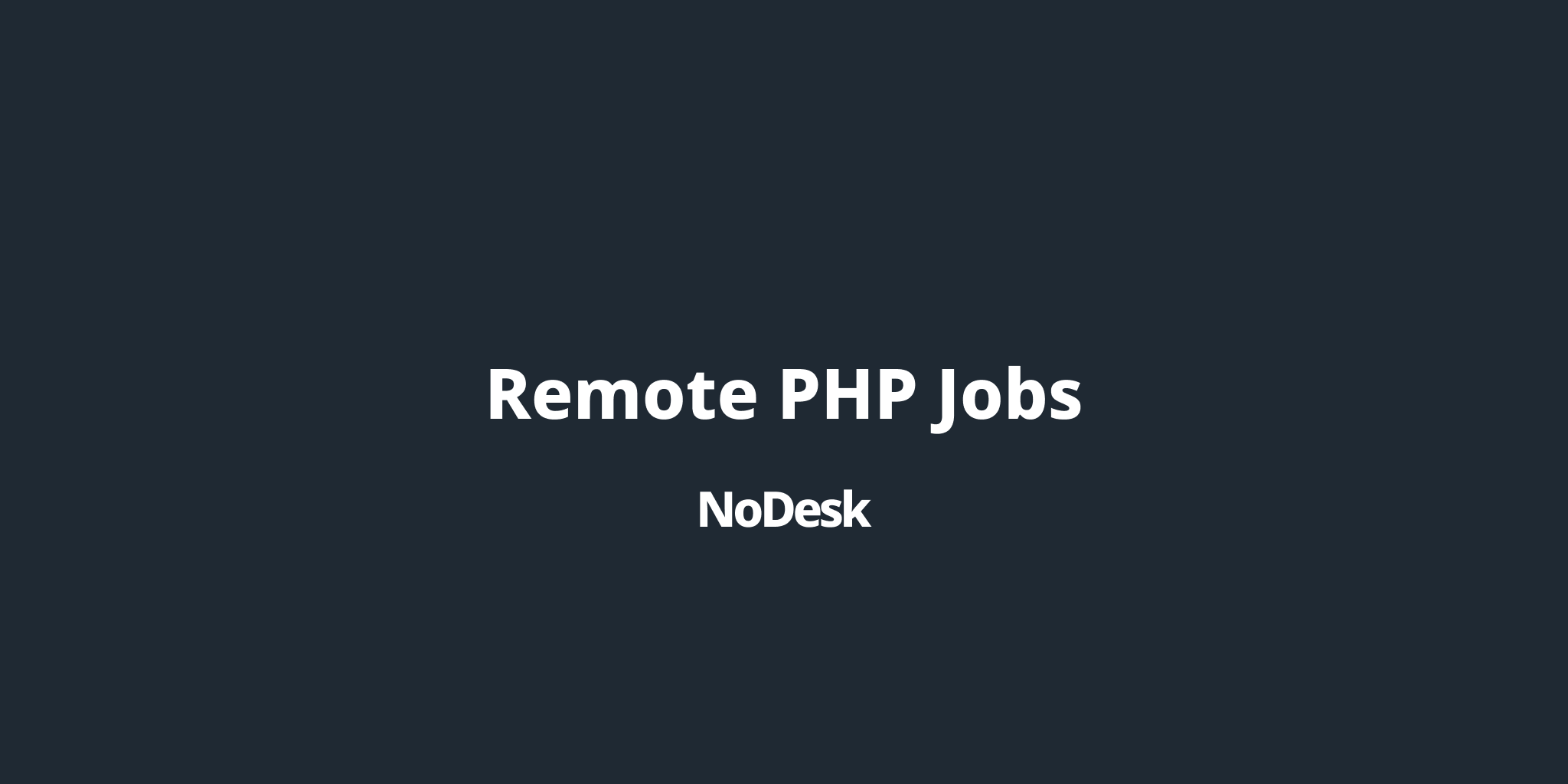Introduction: Diving into the World of Notion – A Comprehensive Review and How-To Guide Notion has taken the productivity world by storm, promising to be an all-in-one workspace where you can manage tasks, take notes, build databases, and even create wikis. But does it live up to the hype? This post will provide a thorough review of Notion, followed by a step-by-step guide to get you started and mastering its core features. We'll explore its strengths, weaknesses, and provide practical tips to maximize its potential.
Review: The Good, the Bad, and the Notion-ally Useful Notion excels in its flexibility. Its block-based system allows you to construct customized workflows tailored to your specific needs. The database feature is incredibly powerful, enabling you to track projects, manage contacts, and create complex relational structures. Collaboration features are robust, allowing teams to work together seamlessly. However, the initial learning curve can be steep. The sheer number of features can be overwhelming, and mastering the formula language can be challenging. While Notion offers a free plan, the limitations might push you towards a paid subscription if you're a heavy user or working with a large team.
Step-by-Step Guide: Getting Started with Notion Ready to jump in? Here's a step-by-step guide to help you navigate Notion's interface and start building your own workspace:
- Creating an Account: Visit Notion.so and sign up for a free account using your email address or Google account.
- Exploring the Interface: Familiarize yourself with the sidebar, which contains your workspaces, pages, and templates. The main area is where you'll create and edit content.
- Creating Your First Page: Click the "Add a page" button in the sidebar. Give your page a title.
- Adding Blocks: Notion uses a block-based system. Type "/" to bring up a menu of available blocks, such as text, headings, lists, images, and more. Experiment with different block types to see how they work.
- Formatting Text: Select text to access formatting options like bold, italics, and underlines. You can also change the text color and background.
- Creating Lists: Use the "/list" command to create bulleted, numbered, or to-do lists.
- Adding Images and Media: Upload images or embed videos directly into your pages using the appropriate block types.
- Creating Databases: Type "/database" to create a new database. Choose a layout (Table, Board, Gallery, List, Calendar, Timeline). Define properties for your database, such as text, numbers, dates, and select options.
- Using Templates: Explore Notion's template gallery for pre-built templates for various use cases, such as project management, meeting notes, and habit tracking.
- Customizing Your Workspace: Adjust the appearance of your workspace by changing the theme (light or dark), font, and page layout.
Conclusion: Notion – A Powerful Tool for the Organized Mind Notion is a powerful and versatile tool that can significantly improve your productivity and organization. While the initial learning curve can be challenging, the effort is well worth it. By understanding its core features and exploring its vast array of templates and integrations, you can create a customized workspace that perfectly fits your needs. Whether you're a student, freelancer, or part of a large team, Notion offers the flexibility and features to help you stay on top of your tasks and achieve your goals. Experiment, explore, and discover the endless possibilities that Notion has to offer.
Find Remote Work Opportunities At Remotejobsph
Remote Php Jobs (june 2025)
 arc.dev
arc.dev Remote Php Jobs
 nodesk.co
nodesk.co
0 comments:
Post a Comment